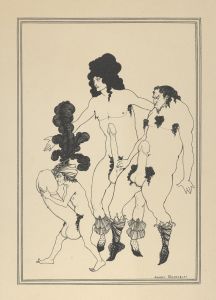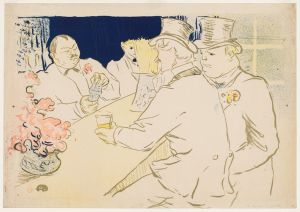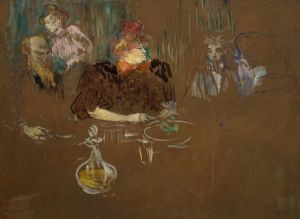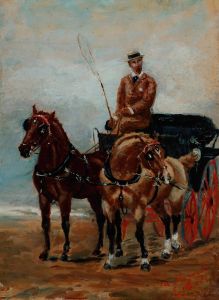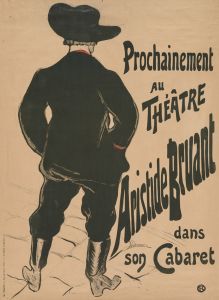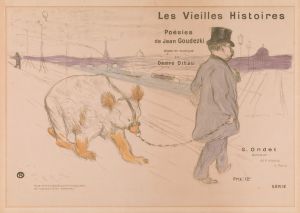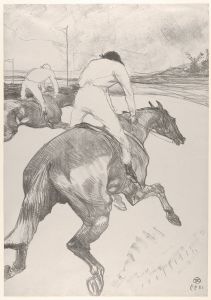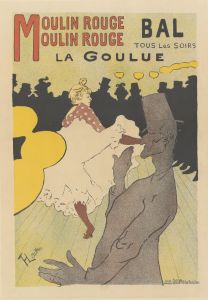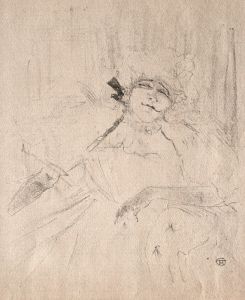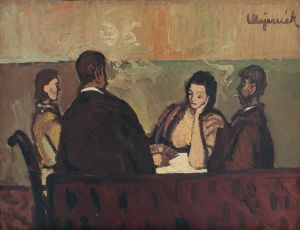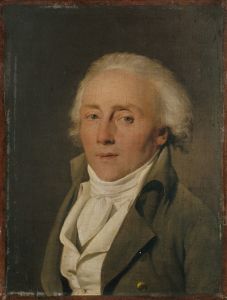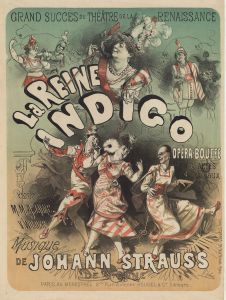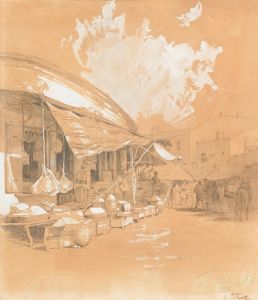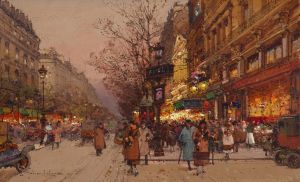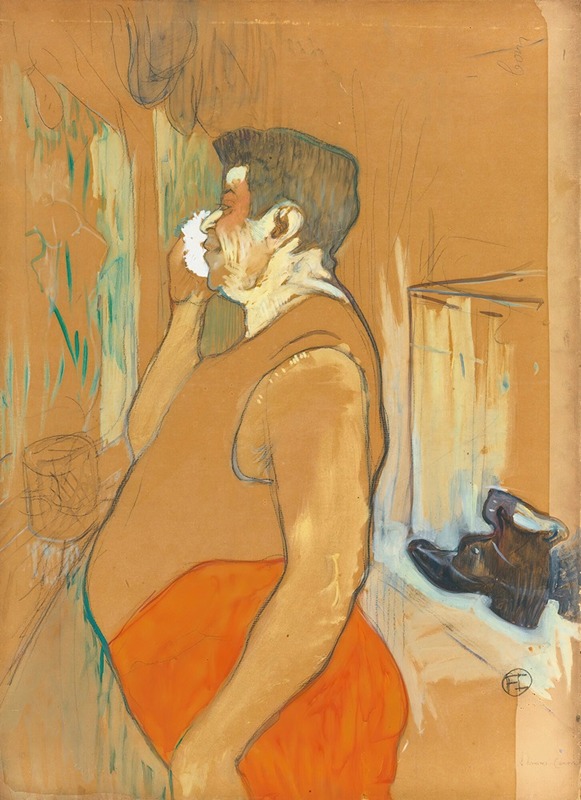
Monsieur Caudieux, Acteur De Café Concert
A hand-painted replica of Henri de Toulouse-Lautrec’s masterpiece Monsieur Caudieux, Acteur De Café Concert, meticulously crafted by professional artists to capture the true essence of the original. Each piece is created with museum-quality canvas and rare mineral pigments, carefully painted by experienced artists with delicate brushstrokes and rich, layered colors to perfectly recreate the texture of the original artwork. Unlike machine-printed reproductions, this hand-painted version brings the painting to life, infused with the artist’s emotions and skill in every stroke. Whether for personal collection or home decoration, it instantly elevates the artistic atmosphere of any space.
Henri de Toulouse-Lautrec, a prominent French painter, printmaker, and illustrator, is renowned for his depictions of the vibrant and often bohemian life in late 19th-century Paris. One of his notable works is "Monsieur Caudieux, Acteur De Café Concert," which captures the essence of the café-concert scene, a popular form of entertainment during that era.
The painting features Monsieur Caudieux, a well-known performer in the café-concert circuit. Café-concerts were a type of entertainment venue in France where patrons could enjoy food and drinks while watching performances, which often included singing, comedy, and other acts. These venues were particularly popular in Paris and played a significant role in the city's cultural life during the late 1800s.
Toulouse-Lautrec's depiction of Monsieur Caudieux is characteristic of his style, which often included bold colors, expressive lines, and a keen attention to the personalities of his subjects. The painting captures Caudieux in a moment of performance, highlighting his theatrical presence and the lively atmosphere of the café-concert. Toulouse-Lautrec's work is known for its ability to convey the spirit and energy of the Parisian nightlife, and this painting is no exception.
Henri de Toulouse-Lautrec was born into an aristocratic family in 1864 in Albi, France. Despite suffering from health issues that stunted his growth and left him physically disabled, he pursued an artistic career with determination. He moved to Paris in the 1880s, where he became immersed in the city's dynamic art scene. Toulouse-Lautrec was particularly drawn to Montmartre, a district known for its bohemian lifestyle and as a hub for artists, writers, and performers.
Throughout his career, Toulouse-Lautrec developed a distinctive style that combined elements of Impressionism and Art Nouveau. He was influenced by Japanese prints, which is evident in his use of flat areas of color and strong outlines. His works often depicted the nightlife of Paris, including scenes from dance halls, cabarets, and cafés. Toulouse-Lautrec had a unique ability to capture the character and emotion of his subjects, making his paintings and prints both vivid and intimate.
"Monsieur Caudieux, Acteur De Café Concert" is a testament to Toulouse-Lautrec's fascination with the performers and patrons of Parisian nightlife. His works provide a window into the social and cultural dynamics of the time, offering insights into the lives of both the entertainers and their audiences. Toulouse-Lautrec's art continues to be celebrated for its innovative style and its portrayal of the vibrant world of late 19th-century Paris.
Toulouse-Lautrec's legacy is marked by his contributions to the art world, particularly in the realm of poster design and lithography. His works have had a lasting impact on both the art and entertainment industries, influencing generations of artists and designers. Despite his relatively short life—he died in 1901 at the age of 36—Toulouse-Lautrec produced a significant body of work that remains highly regarded and widely studied today.
In summary, "Monsieur Caudieux, Acteur De Café Concert" is a quintessential example of Henri de Toulouse-Lautrec's ability to capture the essence of Parisian nightlife and the personalities within it. Through his art, Toulouse-Lautrec offers a glimpse into the cultural vibrancy of his time, making his work an enduring part of art history.





